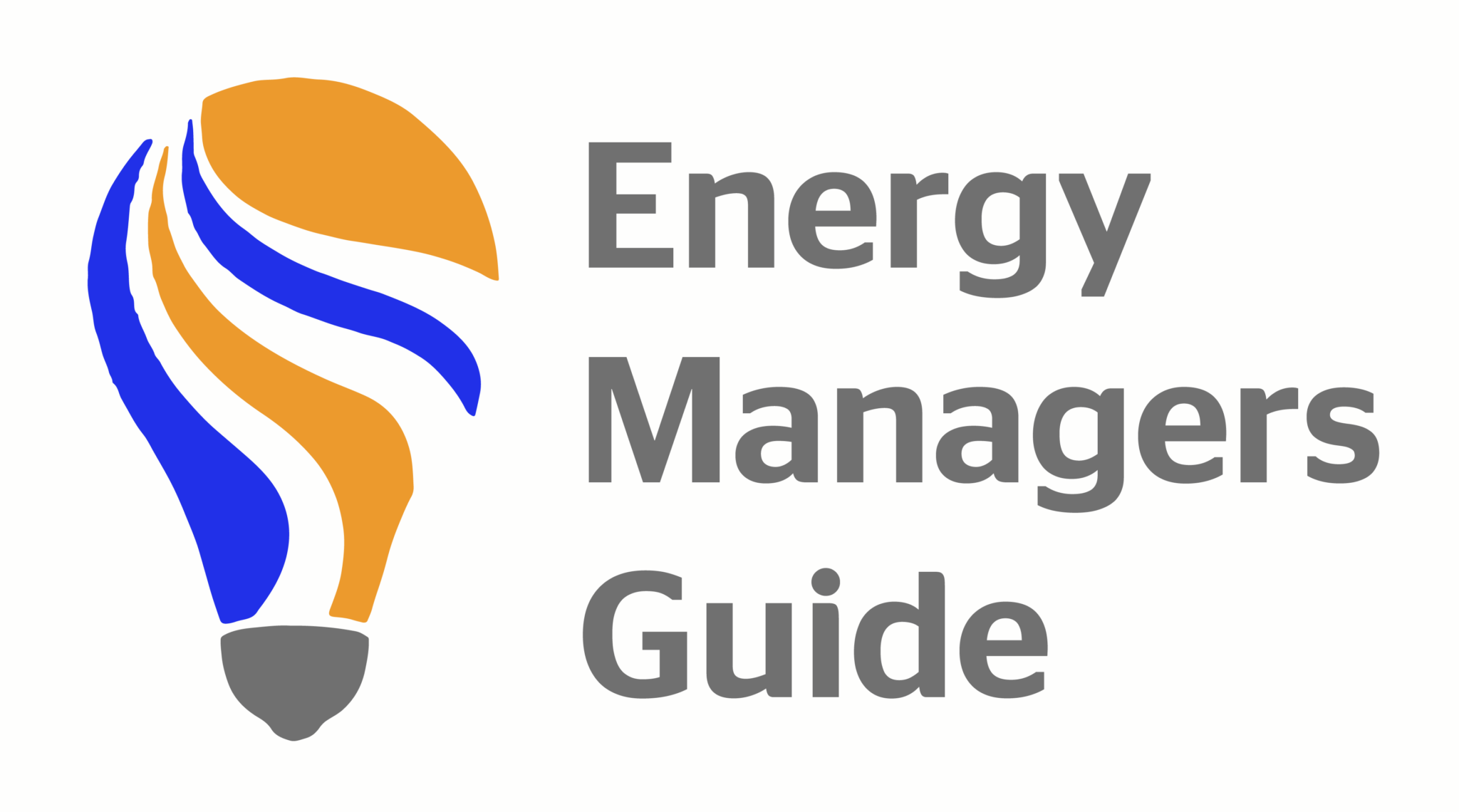In an era where energy prices are fluctuating significantly, understanding how to effectively analyse energy costs has become essential for UK businesses aiming to optimise their operations and improve their bottom line.
Our guide below will walk you through the most important steps to effectively analyse your energy costs, helping you to make informed decisions that could lead to substantial savings and enhanced energy efficiency.
Understanding Your Energy Bills
Naturally, the first step in analysing your energy costs is to thoroughly understand your energy bills.
Energy bills in the UK are typically divided into several key components:
- Unit cost: This is the price you pay per unit of energy, measured in kilowatt-hours (kWh) for electricity and per cubic metre for gas.
- Standing charges: These are daily charges that apply regardless of how much energy you use and cover the costs of keeping you connected to the energy supply.
- VAT: VAT on energy supply to businesses is typically charged at 20%. However, certain exceptions may qualify for a reduced rate of 5%.
Variations in any of the above factors can significantly affect your overall energy costs, so be sure to examine each one of them carefully.
Analyse Usage Patterns
To understand when and how you consume the most energy, you’ll need to implement the right methods to track and analyse your usage patterns effectively. This can be achieved through the following methods:
These provide real-time data on energy consumption, enabling you to see your usage patterns throughout the day.
Advanced platforms can analyse energy data to highlight inefficiencies and suggest areas for improvement.
Manual tracking
For smaller businesses, manually recording energy usage at different times can also provide insights, though it is less precise than digital methods.
Compare Tariffs and Suppliers
With a comprehensive understanding of your energy use and cost breakdown, you can begin to compare tariffs from different suppliers. Having said that, the UK energy market is highly competitive, so rates can vary significantly between providers.
Consider the following when comparing suppliers:
- Tariff type: Fixed-rate tariffs can protect you from price increases, while variable-rate tariffs might offer lower rates during off-peak times.
- Contract terms: Look for fees related to early termination or switching suppliers, which could negate any potential savings from a new contract.
- Customer service: Reliable customer support can be invaluable, especially when dealing with discrepancies or outages.
Implement Energy Efficiency Measures
Analysing your energy costs involves more than just searching for a cheaper supplier; it also means reducing consumption through the implementation of energy efficiency measures, which can lead to substantial cost savings.
One action to consider is upgrading to energy-efficient appliances. By replacing outdated boilers, lighting, and other high-energy devices with modern, more efficient models, you can significantly reduce energy consumption.
Additionally, enhancing the insulation of your building can lower heating costs.
Furthermore, training employees on energy-saving practices can help foster a culture of energy efficiency within the organisation, further driving down energy use and costs.
Regular Review and Adjustment
Energy needs and costs can evolve, so it’s important to review your energy analysis regularly. This ensures that you are always on the best tariff, and helps to identify new opportunities for reducing energy consumption.
Stay informed, stay proactive, and embrace the benefits of effective energy cost management for a more balanced and financially sound future.







